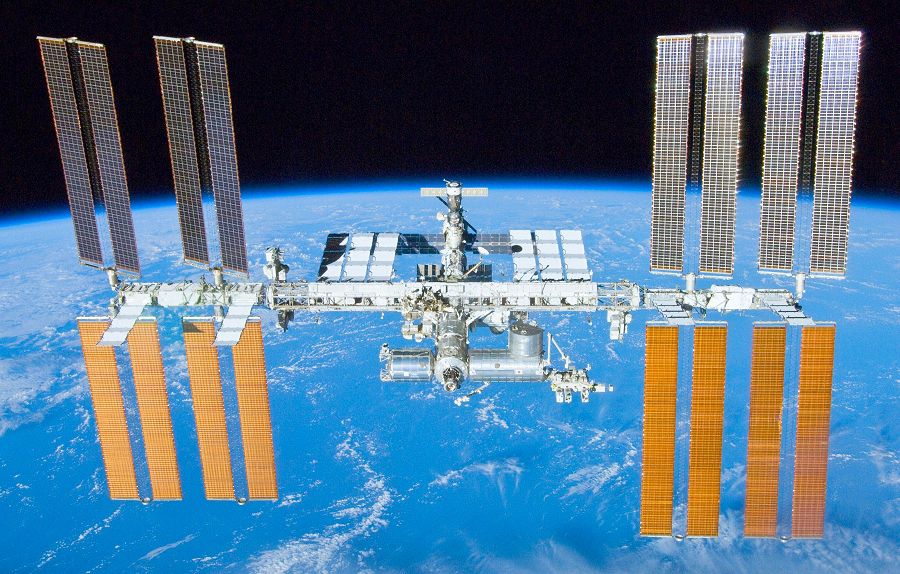DISASTER AVOIDED FOR THE INTERNATIONALSPACE STATION (ISS)UNDER THE THREAT OF SPACE DEBRIS |
|
The International Space Station (ISS) had to maneuver Tuesday, September 22 to avoid a possible collision with a debris of an old Japanese rocket, the third avoidance maneuver this year, announced NASA, which calls for more means to monitor the increasing number of objects in Earth orbit. Remember that the ISS is 110 m wide, 74 m long and 30 m high for a mass of some 400 tonnes. Despite the small size of the debris of about 10 centimeters and, coming from a stage of a Japanese rocket launched in 2018 that had disintegrated into 77 pieces in February 2019, a collision with this most imposing orbital complex, can generate a risk of rapid depressurization . Third avoidance maneuver this year The debris would have passed just 1.39 kilometers from the ISS, according to NASA, but it was decided to raise the orbit of the station as a precaution. It was a Russian cargo capsule (Progress), moored at the station, which pushed the ISS a little higher by igniting its thrusters, for 2 and a half minutes, the operation being controlled in cooperation between the Russian control rooms and American. The crew members, two Russians and an American, had to be temporarily placed in the Russian part of the ISS, in order to be able to evacuate urgently with the Soyuz capsule in case of danger, which was ultimately not necessary. . In June 2011, as in 2009, when it was no longer possible to perform an evasive maneuver, the occupants of the ISS had to take refuge in the Soyuz capsules after the detection of a potentially dangerous object. According to the European Space Agency website, the ISS was about 421 km above the oceans before the operation, and 435 km after. It spins at around 27,500 km / h: at this speed, even a small object can seriously damage or even destroy a solar panel or other element. Celestial pollution: thousands of space debris have been fluttering for 60 years If space debris does not pollute space, strictly speaking, (it does not deteriorate it) as oil spills do for example, we still speak of pollution because there are so many of them that they become a nuisance. for human activities in orbit. This type of maneuver is regularly necessary, and is expected to become more frequent with the increasing pollution of the Earth's surroundings by debris from old rockets or satellites launched for six decades, and by the thousands of fragments created by accidental or deliberate collisions. , for example with the shipments of anti-satellite missiles by India in 2019 and China in 2007. The station had to avoid 25 times between 1999 and 2018, according to NASA. “The Space Station maneuvered three times in 2020 to avoid debris. In the past two weeks, there have been three potential high-risk conjunctions. Debris is getting worse! Tweeted Jim Bridenstine, administrator of NASA, who is demanding $ 15 million from Congress for the Office of Space Trade, a civilian service, to take over the monitoring of space objects and coordinate warnings to private satellite operators in the event risk of collision. In addition to financial resources adapted to the context, NASA wishes to transfer this space surveillance to a civilian service To date, a military unit is responsible for space surveillance. |
|
| Paul Emison for DayNewsWorld | |
 |
|




